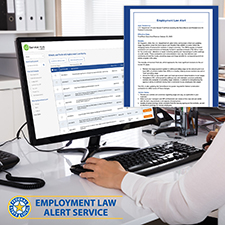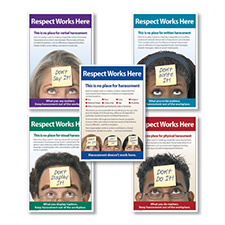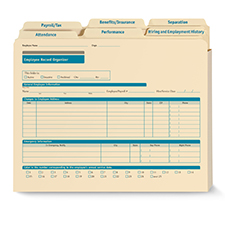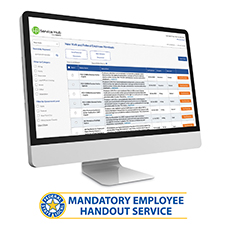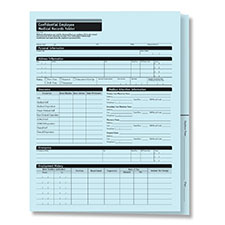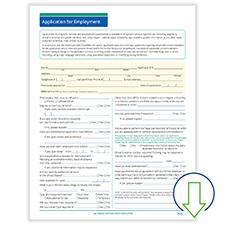
Requesting a white manager because it’s a better “fit” … stating “you’re so articulate” to a black employee… mimicking a coworker’s foreign accent … telling a new female worker she looks like a student … saying to someone, “your name is so hard to pronounce.”
What do these words and actions have in common? They’re all examples of microaggression, defined as subtle verbal and behavioral slights directed toward marginalized individuals and groups. While “macro” refers to systemic issues in institutions and societies as a whole, “micro” relates to specific, person-to-person interactions.
When microaggression goes unchecked in the workplace, it can have damaging consequences. Let’s take a closer look at the types of microaggression that can emerge in businesses — and what you can do to address and prevent problematic behavior.
What is Microaggression in the Workplace?
Microaggression can play out in a few different ways, including microassaults, microinsults and microinvalidations. Specifically:
- A microassault is a verbal or nonverbal attack, such as name calling, avoidant behavior or intentional discriminatory behavior. (Example: Calling somebody “colored” or “Oriental.”)
- A microinsult is insensitive communication that demeans someone’s racial identity. (Example: A supervisor correcting the grammar of Hispanic interns.)
- A microinvalidation occurs when you negate or ignore the thoughts, feelings or realities of a group of people. (Example: Asking an Asian American employee where she’s from, implying she’s not American.)
When considering microaggression in the workplace, keep in mind that it can extend beyond race to include any marginalized group, such as women, LGBTQIA individuals and people with disabilities. Also, it’s important to recognize that microaggressions are often the result of implicit biases that are not intentional or conscious, but harmful, nonetheless.
Could that “well-intentioned” comment be interpreted as racist, sexist or otherwise offensive? If so, it may be a form of microaggression, which must be avoided in the workplace like any other problematic behavior.
To achieve genuine diversity and inclusion in the workplace, we must appreciate and honor each other’s differences at every stage of the employee relationship. But because microaggressions are typically racist, sexist, ageist and ableist, they can make people feel unseen, unheard or misunderstood, all of which undermines your diversity and inclusion efforts.
How to Prevent and Address Microaggression
Not surprisingly, the impact of unchecked microaggression in the workplace can be severe. Workplace culture may be toxic and weak, employees may hesitate to speak up in meetings or share new ideas, and overall engagement and morale may suffer. Worst still, you could face potential employee lawsuits if the behavior crosses over to workplace harassment and an employee takes legal action.
As with other forms of inappropriate behavior, employers must take a clear stance against microaggression and communicate that it will not be tolerated – at any time and in any form. With greater awareness, regular training and consistency in your workplace practices, you can cultivate a more diverse, inclusive and respectful workplace. Effective training gets to the heart of the matter: Demonstrating the importance of accepting each other’s differences and avoiding words or actions that unfairly single out, negate or hurt another.
Keep in mind, too, that if you ever need to defend a claim, your first line of defense will be showing your company took measures to prevent problematic behavior. To strengthen your position, you should not only train management on proper conduct but also stress the importance of not retaliating against any employee who expresses concerns.
At the same time, be certain that managers treat microaggression (whether observed outright or brought to their attention) like any other performance management issue. Inappropriate behavior needs to be addressed immediately, with a discussion about what is expected to change and the consequences if the problem continues (from written warnings to termination).
Reinforce Proper Behavior with Diversity and Inclusion Training
The right training can help employees recognize and support each other’s unique backgrounds and experiences. Diversity & Inclusion at Work: Unconscious Bias Training for Employees is a self-paced training program that uses relatable examples, thought-provoking exercises and interactive quizzes to teach the value of diversity and respecting differences for a more positive, integrated work environment.






 Shopping cart
Shopping cart